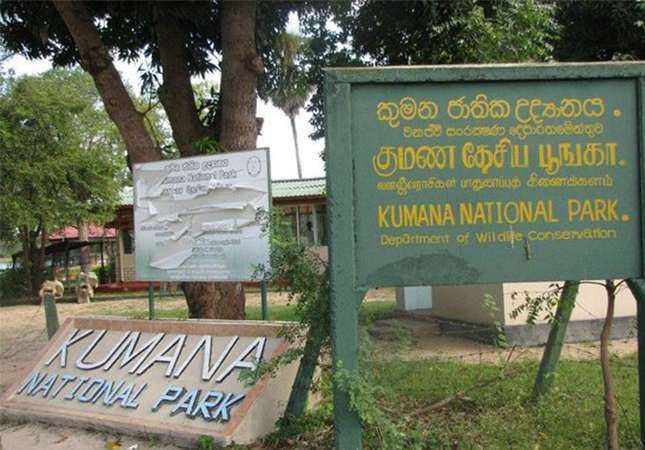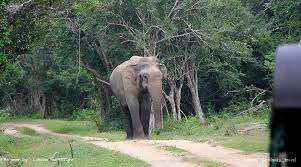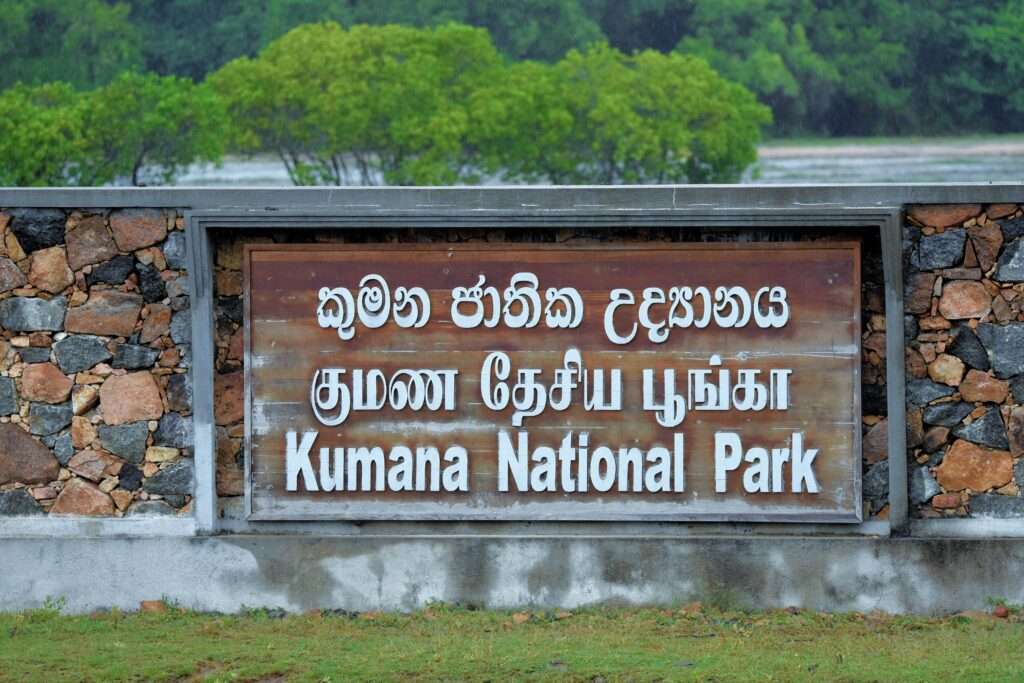Table of Contents
- Introduction
- Location and History
- Biodiversity and Wildlife
- Bird Watching at Kumana National Park
- Mammals and Reptiles
- Flora and Fauna
- Ecotourism and Conservation
- Best Time to Visit
- Getting There
- Accommodation Options
- Tips for Visitors
- Activities and Attractions
- Conclusion
- FAQs
Introduction
Nestled on the southeastern coast of Sri Lanka, Kumana National Park stands as a pristine wildlife sanctuary that captivates nature enthusiasts from around the world. Spanning across vast stretches of lush forests, wetlands, and picturesque landscapes, this national park offers a unique and unforgettable wildlife experience. In this article, we will explore the beauty and wonders of Kumana National Park, from its rich biodiversity to its conservation efforts.


Location and History
Kumana National Park is located in the Ampara District of Sri Lanka, approximately 391 kilometers away from the capital city of Colombo. Established in 1970, it was originally declared a wildlife sanctuary to protect the nesting grounds of migratory birds. Over the years, the park has expanded in size and significance, evolving into one of the most renowned national parks in Sri Lanka.
Biodiversity and Wildlife
Kumana National Park is renowned for its remarkable biodiversity. The park is home to a wide variety of animals, including elephants, leopards, sloth bears, and water buffaloes. It also boasts an impressive array of reptiles, such as crocodiles, snakes, and turtles. Visitors can witness these majestic creatures in their natural habitats, creating lasting memories and unique encounters with nature.
Bird Watching at Kumana National Park
One of the main attractions of Kumana National Park is its vibrant birdlife. The park is a paradise for birdwatchers, as it serves as a significant nesting and breeding ground for numerous migratory and resident bird species. Over 200 species of birds have been recorded here, including rare and endangered species like the black-necked stork, great thick-knee, and Indian pitta. The serene Kumana Villu, a large natural mangrove swamp, is a hot spot for bird enthusiasts.












Mammals and Reptiles
Apart from its avian population, Kumana National Park is teeming with a diverse range of mammals and reptiles. The park provides sanctuary to several mammal species, including the Sri Lankan elephant, Sri Lankan leopard, and fishing cat. Reptiles such as the mugger crocodile, Indian python, and various species of turtles can also be found in the park. The lush vegetation and pristine water bodies create an ideal habitat for these creatures to thrive.









Flora and Fauna
Kumana National Park boasts a rich tapestry of flora and fauna. The park’s vegetation consists of dense tropical forests, mangrove swamps, and grasslands, creating a unique ecosystem. Towering kumbuk trees, vibrant orchids, and colorful water lilies add to the park’s scenic beauty. The diverse flora sustains the park’s wildlife, providing shelter and nourishment to its inhabitants.



Ecotourism and Conservation
Kumana National Park plays a vital role in ecotourism and conservation efforts in Sri Lanka. The park’s management focuses on sustainable practices to preserve its delicate ecosystems. Visitors can engage in responsible tourism activities such as guided nature walks, safari tours, and educational programs that raise awareness about conservation. By supporting ecotourism initiatives, visitors contribute to the long-term preservation of Kumana National Park and its biodiversity.
Best Time to Visit
The best time to visit Kumana National Park is during the dry season, which typically spans from May to September. During this time, water levels recede, and animals gather around the remaining water sources, making wildlife sightings more frequent. The park’s vibrant bird population is also at its peak during the breeding season, which occurs from April to July.
Getting There
Kumana National Park is easily accessible from various parts of Sri Lanka. The nearest town is Arugam Bay, which is approximately 10 kilometers away. Visitors can reach Arugam Bay by bus or taxi from major cities like Colombo or Trincomalee. From Arugam Bay, it is a short drive to the park’s entrance.
Accommodation Options
There are several accommodation options available near Kumana National Park, catering to different budgets and preferences. Visitors can choose from luxury resorts, eco-lodges, guesthouses, and camping sites. Staying in proximity to the park allows visitors to maximize their time exploring the wilderness and immersing themselves in the natural beauty of the surroundings.
Tips for Visitors
- Carry insect repellent and sunscreen to protect yourself from the sun and insects.
- Dress in comfortable and lightweight clothing suitable for tropical climates.
- Bring binoculars and a camera to enhance your wildlife viewing experience.
- Follow the instructions of park authorities and maintain a safe distance from the animals.
- Do not litter or disturb the natural environment. Respect the park’s rules and regulations.
Activities and Attractions
Kumana National Park offers a range of activities and attractions for visitors to enjoy. These include:
- Safari tours: Embark on an exciting jeep safari through the park’s wilderness, accompanied by knowledgeable guides.
- Birdwatching excursions: Explore the park’s diverse birdlife by taking guided birdwatching tours or leisurely walks.
- Nature trails: Discover the park’s hidden gems by exploring its nature trails, allowing you to immerse yourself in its breathtaking landscapes.
- Photography opportunities: Capture stunning photographs of the park’s wildlife, flora, and picturesque scenery.
- Cultural experiences: Visit nearby villages to learn about the local culture and traditions, enriching your overall experience.



Conclusion
Kumana National Park is a true haven for nature lovers and wildlife enthusiasts. Its extraordinary biodiversity, captivating landscapes, and commitment to conservation make it a must-visit destination in Sri Lanka. By immersing yourself in the wonders of Kumana National Park, you contribute to the preservation of this natural treasure for future generations to cherish.
FAQs
1. Is it safe to visit Kumana National Park? Yes, it is safe to visit Kumana National Park. However, visitors are advised to follow the instructions of park authorities and maintain a safe distance from the animals.
2. How can I reach Kumana National Park? Kumana National Park is easily accessible from major cities in Sri Lanka. Visitors can reach the nearest town of Arugam Bay by bus or taxi and then proceed to the park’s entrance.
3. What is the best time to visit Kumana National Park? The best time to visit Kumana National Park is during the dry season, which is from May to September. During this time, wildlife sightings are more frequent, and the park’s bird population is at its peak.
4. Can I go on a safari in Kumana National Park? Yes, safari tours are available in Kumana National Park. Visitors can embark on exciting jeep safaris accompanied by knowledgeable guides.
5. Are there accommodation options near Kumana National Park? Yes, there are several accommodation options available near Kumana National Park. Visitors can choose from luxury resorts, eco-lodges, guesthouses, and camping sites.
